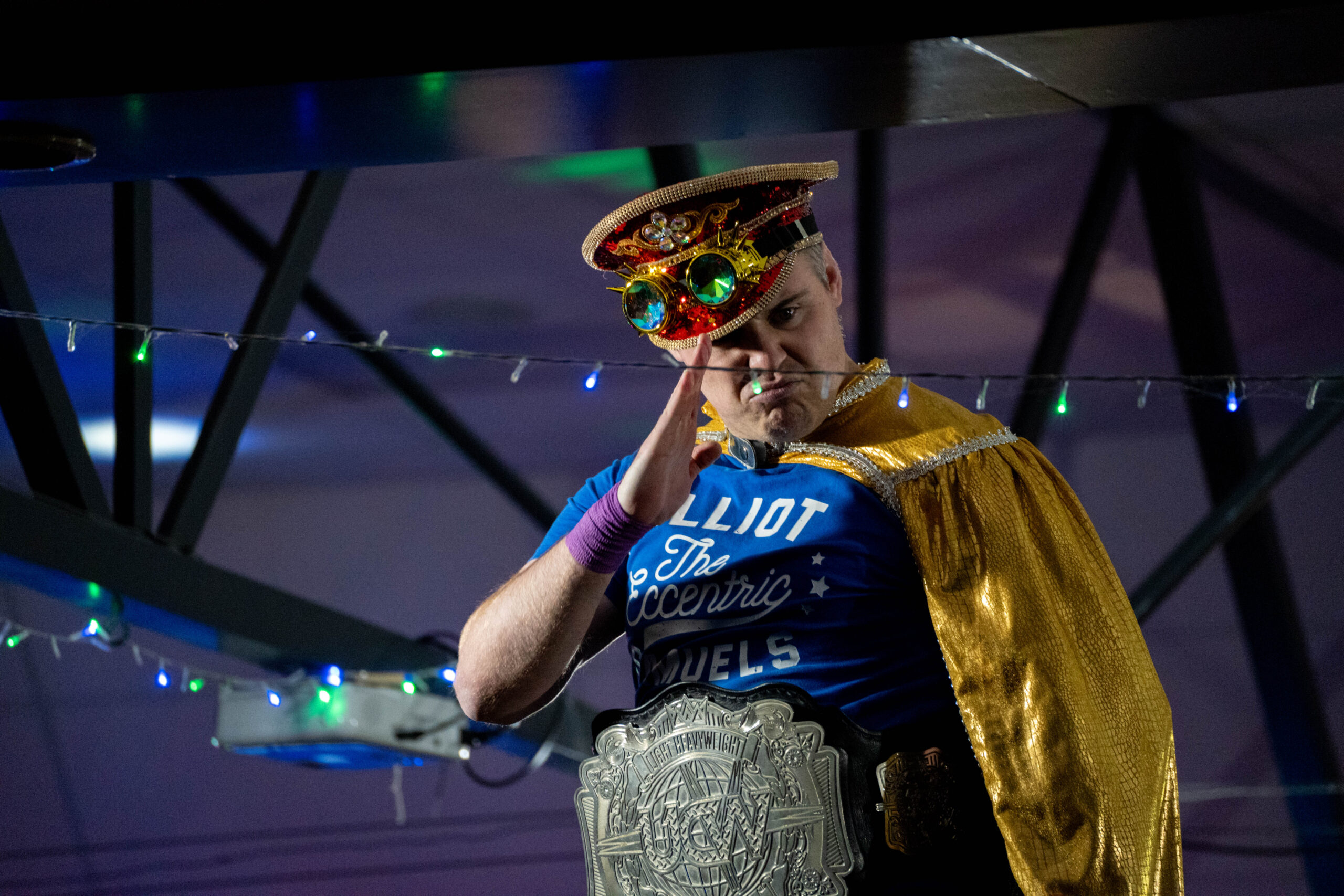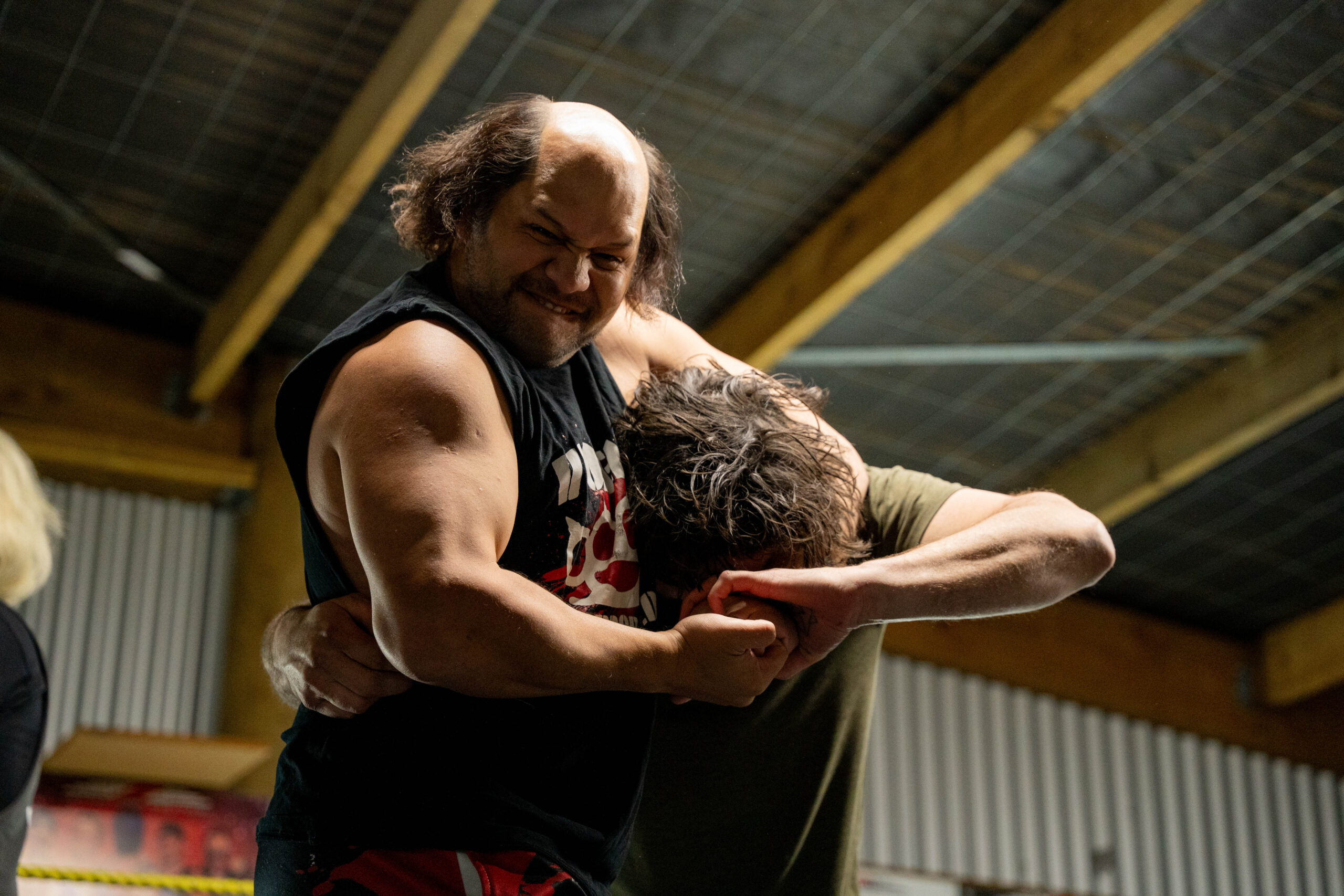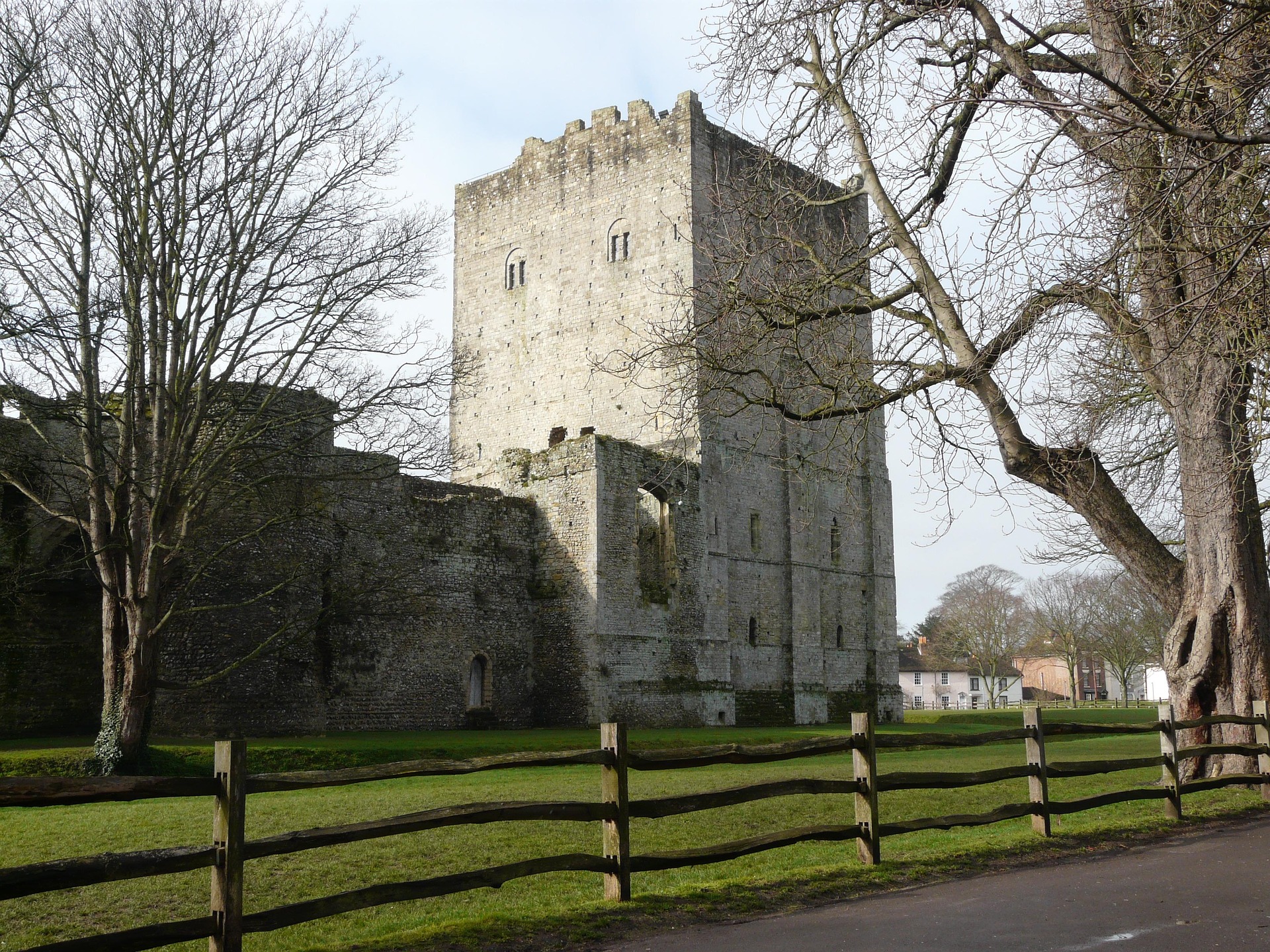Aren’t They the Same Thing? Not Even Close.
On the surface, the terms seem pretty interchangeable, right? You want someone to capture your wrestling show on video. Whether you call it wrestling filming or wrestling videography, surely the end result is the same?
Well, not quite. In fact, not even close.
While both involve a camera and a wrestling ring, they represent two completely different mindsets, processes, and, most importantly, two vastly different end products. Think of it like the difference between a cook in a greasy spoon and a head chef in a fancy restaurant. Both are making food, but the equipment, the technique, the presentation, and the final experience are worlds apart. One is about simply getting a job done, while the other is about creating a memorable, high-quality experience.
This guide is here to break down that exact difference. We’ll look at the gear, the goals, and the crucial outcomes that separate a basic recording from a professional production. Understanding this distinction is the key to making an informed decision that will have a massive impact on your promotion’s brand and future growth.
The Toolkit: A Single Spanner vs. The Whole Toolbox
The most immediate and obvious difference between the two approaches is the equipment that gets brought to the show. It’s the difference between turning up with a single spanner versus opening up a full, professional toolbox.
At its core, basic wrestling filming often relies on a single camera on a tripod, or worse, handheld at the side of the ring. The audio is usually just whatever the camera’s built-in microphone can pick up, which, as we know, is a recipe for a muffled, noisy mess. It’s a minimalist approach, designed only to document the event in the simplest way possible, using the bare minimum of gear.
In contrast, professional wrestling videography treats the event like a proper broadcast production. This means a multi-camera setup is non-negotiable. You’ll have a steady ‘hard cam’ for that essential wide shot, plus at least one other operator prowling ringside for those dynamic, impactful close-ups. It involves a dedicated audio setup with different mics for different jobs, ensuring both the in-ring action and the crowd sound incredible. Often, it even includes a portable lighting kit to make the wrestlers pop and banish those dingy corners. It’s a complete system designed for a high-quality result.

The Mindset: Documenting an Event vs. Telling a Story
Beyond the gear, the next huge difference is the fundamental goal of the person behind the camera. It’s a complete difference in mindset, and it has a massive impact on the final video.
The mission for basic wrestling filming is simple: don’t miss anything. The aim is to create a functional, chronological record of the match. The camera is a passive observer, pointing at the action and making sure everything stays in the frame from bell to bell. It successfully answers the question, “What happened in the match?” but it rarely goes any deeper than that. It’s a logbook of suplexes and slams.
Professional wrestling videography, however, has a much more ambitious goal: to tell a story. The person behind the camera isn’t just an operator; they’re a director. They are actively thinking about how to make the viewer at home feel the drama. They use shot selection and camera movement to build tension, create sympathy for the hero, and make the villain look even more menacing. They are hunting for those small, emotional moments that give the match meaning. They’re not just asking “What happened?”, they’re asking “How can I make the audience care about what happened?”.
The Audio: A Wall of Noise vs. A Wall of Sound
If you really want to understand the difference between these two approaches, just close your eyes and listen. The audio tells you everything you need to know.
With most basic wrestling filming, audio is just whatever the camera happens to pick up. The result is a chaotic wall of noise. The roar of the crowd, the impacts in the ring, and the echoing announcements all blend into one big, muddy, and often distorted mess. You can’t distinguish a cheer from a boo, and that killer superkick sounds less like a thwack and more like a distant thud. It’s a flat, lifeless recording that does nothing to convey the energy in the room.
True wrestling videography treats audio as 50% of the entire experience, building a powerful wall of sound. It’s about creating a clean, layered, and immersive soundscape. Specific microphones are used to capture the deep, satisfying boom of the mat, while others are placed to capture the electric energy of the crowd with clarity. In the final mix, you can hear everything perfectly: the wrestlers calling spots, the referee’s count, the specific chants from the audience, and every single hard-hitting impact. It doesn’t just let you hear the match; it makes you feel it.
The End Result: A Raw File vs. a Polished Programme
The difference in approach is never clearer than when you look at the final product that lands in your inbox. This is where the gap between the two becomes a massive chasm.
For a lot of basic wrestling filming services, the ‘final product’ is just that: the raw, unedited footage from the camera. The recording is stopped, the file is transferred, and the job is considered done. At best, you might get it topped and tailed. What you’re left with is a single, long, static video file that looks exactly how it did on the camera on the night. No branding, no graphics, no polish.
In the world of professional wrestling videography, the raw footage is seen as the starting point, not the destination. The final product is a fully-fledged, edited programme. An editor has skillfully cut between the different camera angles to create a dynamic and engaging viewing experience. They’ve added your promotion’s logo, wrestler nameplates, and match graphics to make it look like a proper TV show. The colour has been corrected to make the visuals pop, and the audio has been professionally mixed. You’re not just getting a file; you’re getting a finished product.
The Outcome: An Archive vs. An Asset
So, what does this all actually mean for you, the promoter? At the end of the day, what is the tangible outcome of each approach? This is the most critical difference of all.
Ultimately, basic wrestling filming gives you a digital archive. You get a record of your show, which is useful for the wrestlers to look back on and for you to keep in a folder. But as a tool to grow your business, its value is minimal. The low quality means it’s not effective for marketing, it won’t impress new fans, and it doesn’t represent your brand in a professional light. It’s a memory of an event.
Professional wrestling videography, on the other hand, gives you a powerful engine for growth. You don’t just get a memory; you get a versatile marketing asset. You have a tool to create FOMO and sell tickets for your next event. You have slick, professional content to make your talent look like stars and build their profiles. You have an arsenal of clips to dominate social media and keep your promotion in the public eye. It’s a direct investment in your brand’s future, designed from the ground up to help you expand your audience and look like the major league player you want to be.

Making the Choice on Wrestling Videography: Your Quick Questions Answered
Q: Is there ever a time when ‘basic filming’ is the right choice?
A: Absolutely. If your goal isn’t public-facing, then a simple setup can be perfect. For things like filming a training seminar for wrestlers to study, or for a purely internal archive of a spot-show, basic filming gets the job done without the extra cost. But the second that footage is intended to represent your brand online or attract new fans, you need to be thinking about a more professional approach.
Q: How can I tell from a quote if I’m getting videography or just filming?
A: Look for the specifics! A quote for professional videography will almost always mention key details like “multi-camera setup,” “dedicated audio recording,” and, crucially, “full post-production editing service,” which includes graphics and colour grading. If a quote is vague or just says something like “filming of the 3-hour event,” you should ask for a lot more detail about what’s actually included in the final delivery.
Q: Can’t I just get the basic filming done and then hire a great editor to fix it later?
A: You can try, but it’s rarely successful. The old saying “you can’t polish a diamond from mud” really applies here. If the raw material from a basic wrestling filming setup is shaky, poorly lit, and has terrible audio, even the best editor in the world can’t magically make it look professional. The entire process of high-quality wrestling videography is about capturing excellent raw ingredients on the night so the editor has great material to work with.


